Particularly Good Particles
John Baker looks at particle preparation, gives us his thoughts on flavourings, and offers a word of caution regarding the use of salt…
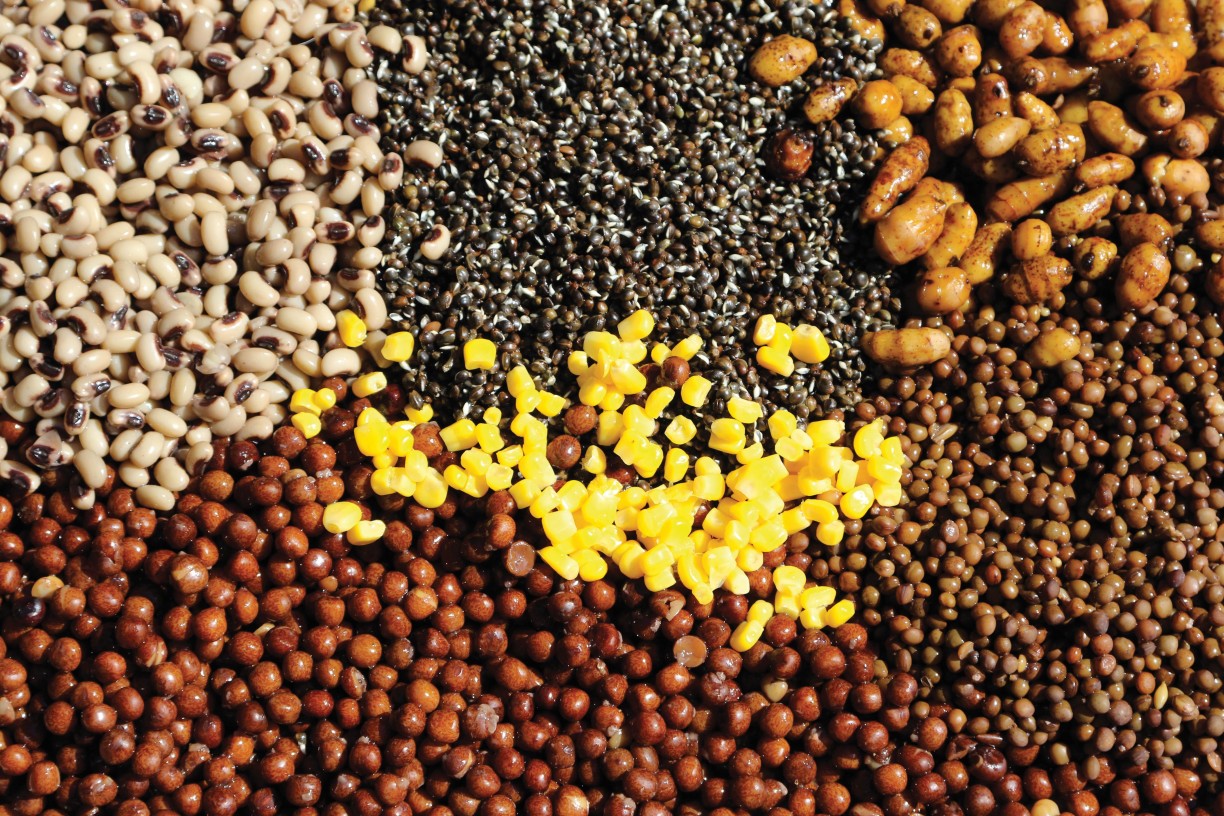
Particle baits come in so many forms, and yet some seeds, beans and nuts tend to fall in and out of popularity. Mass particles were historically used on their own, usually as a single, stand-alone bait, the forerunner of the seed-bait revolution being hemp, its use initially pioneered by French match anglers, who used it in a toasted form in groundbait. But in recent years, many different sorts of seeds and particles have come to be used in carp groundbait. The tactic of fishing non-matching hookbaits, such as boilies and pop-ups, or plastic imitation bait, amongst mass beds of particles and seeds is now a common practice. The popularity of using remote-controlled bait boats to deliver mass particles adds to the ease with which this tactic can be employed.
Over the last decade, spodding and Spombing particle baits accurately, and often at long-range, has become the norm. Having said this, I must confess, that I am not so interested in how these types of bait might be deposited into the target zone, but I am very interested in the type and nature of the bait itself. As a bit of a traditionalist, I would struggle to justify ever using a bait boat, and I offer my most sincere apologies if I might have offended those who feel they need to. Whatever your preferred method of getting particles out into the wet stuff, I shall leave the debate on the ethics of the use of bait boats for another day.
As readers might expect, I just happen to be rather particular about the type of particles I use—hence the title of this month’s piece. I am also especially keen to find new ways of making my particle bait a bit different from other anglers’, and this can be achieved in many ways, and with relatively little effort. I will go on to discuss a few of my favourite particles, and how I usually prepare them, and whilst this subject has been covered many times in the past, it will do no harm to go over a few tried-and-tested preparation methods.
I see little point in spoiling the natural attraction of nice, fresh, seeds, nuts, and pulses when the whole point of using them is to create a zone of natural feeding security. I say this because particles, first and foremost, should be considered as an effective alternative to the ubiquitous boilie-style approach we have often come to rely on. Carp may become wary of highly flavoured particles, and so my starting point would be to use them presented as plainly as possible.
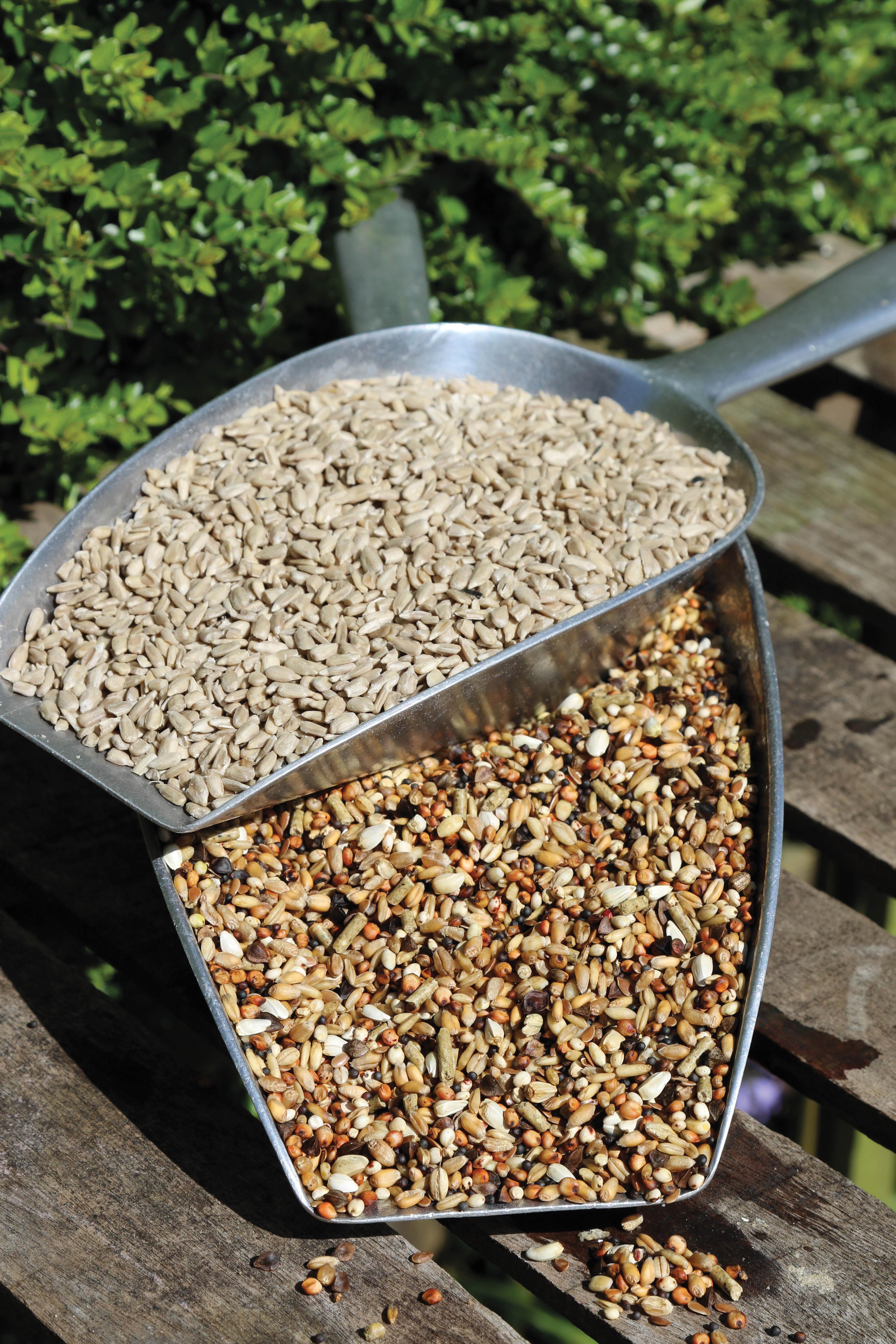
MY FAVOURITE PARTICLES
My favourite particles are sweetcorn and maple peas, followed by tiger nuts, hemp, tares, and black-eye beans. I tend to make up my own spod-mix blends, and I do this by using whatever takes my fancy on the day. On venues with good water clarity, I prefer using maple peas, tares, tiger nuts and hemp, all of which will have a similarly drab colour to the beds of the lakes and rivers we target. After the usual preparation method, some of these baits end up being a nondescript brownish colour, which I think is less likely to spook wary fish in and around a baited area, and especially in clear, shallow water.
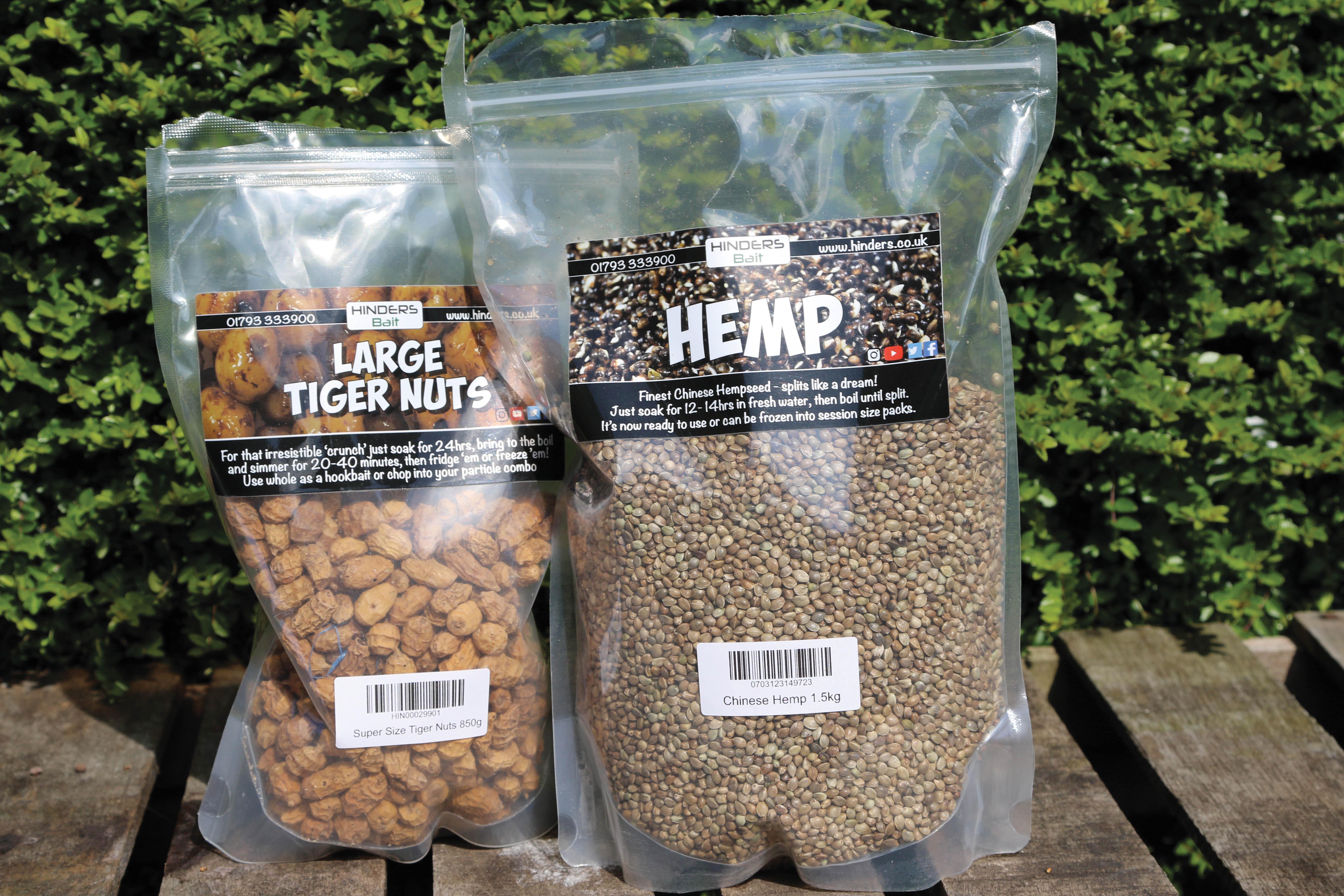
SWEETCORN
What more can be said about one of the best particle baits known to man? Almost every freshwater fish eats sweetcorn. There is no need to flavour it and no need to prepare it; just nip to the shops and buy it in tins, or frozen in bags. It is the perfect visual bait, and as previously mentioned when discussing the benefits of tiger nuts, I feel sweetcorn is a bait that will be accepted by carp anywhere in the world.
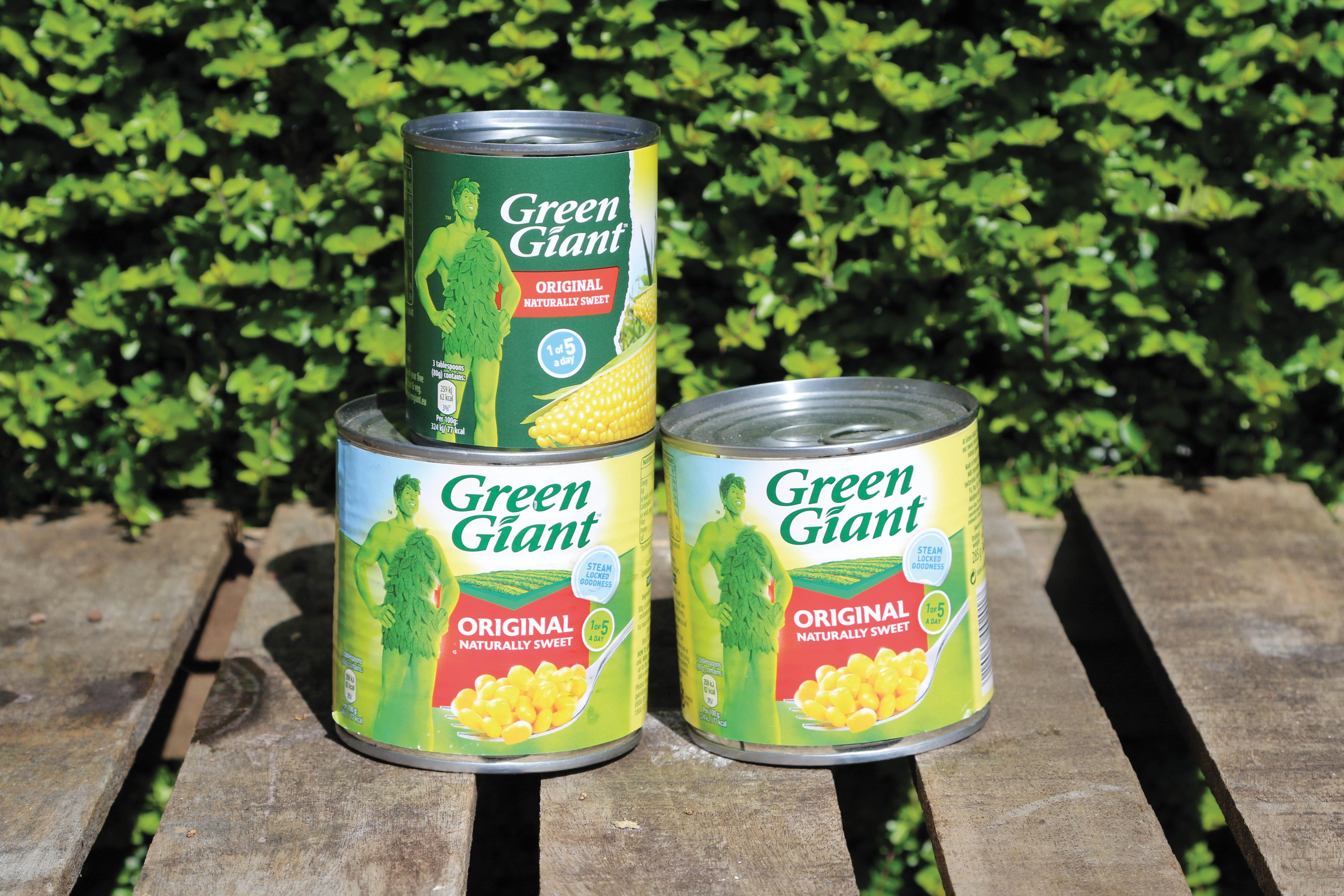
A good example of this type of instant acceptance occurred back in the early 1980s, during my first trip to North America, in the state of Massachusetts. It was all new and exciting, and I recall a few memorable day sessions on the North River, which lies about 30 to 40 miles south of Boston. I remember taking two or three different baits with me for my days out, and these were a cheese paste, a pet food paste made from scalded cat food biscuits, and a couple of tins of sweetcorn. Not being able to take any special foodbaits into the country, I just made up some simple baits from a few ingredients I purchased from a local supermarket, and which I knew carp loved back in the UK. I remember fishing nearly all day long with the two pastes I had made, without experiencing any action. After lunch, I opened the tin of corn and went on to catch five or six torpedo-like commons on it! A good lesson was learned on that day, the moral of the story being that if all else fails, open a tin of the Green Giant!
HEMP AND TARES
Anyone who has fished for roach will know just how good hemp and tares can be. These tiny seeds are packed with nutrients and are highly effective when used both individually, or mixed and used together. They closely match the size and shape of natural food which carp love, especially, small snails and other invertebrates. I generally use them together in a ratio of 20 per cent tares to 80 per cent hemp. As a carp bait, both hemp and tares are second-to-none, and a huge degree of preoccupation can be gained when fish get onto them. On many occasions, I have witnessed total preoccupation with this type of mass bait, and when this happens, it can be almost impossible to catch fish. So great is their focus when feeding on these tiny seeds, that I once waded into the water and brushed my hands along the flanks of two or three feeding carp. After I had deposited a large, generous bed of hempseed, these fish were completely preoccupied as they set about hoovering up the lot.
My past experiences with mass seed baits would certainly indicate that a degree of care should be used when baiting up in any quantity with these mini baits. It is best to use measured amounts of free offerings, and not deposit too much bait in a single concentrated location. I tend to spread my free offerings over a wide area, mainly to encourage a sustained and random type of forage feeding, rather than creating concentrated beds of bait which might promote unwanted feeding preoccupation.
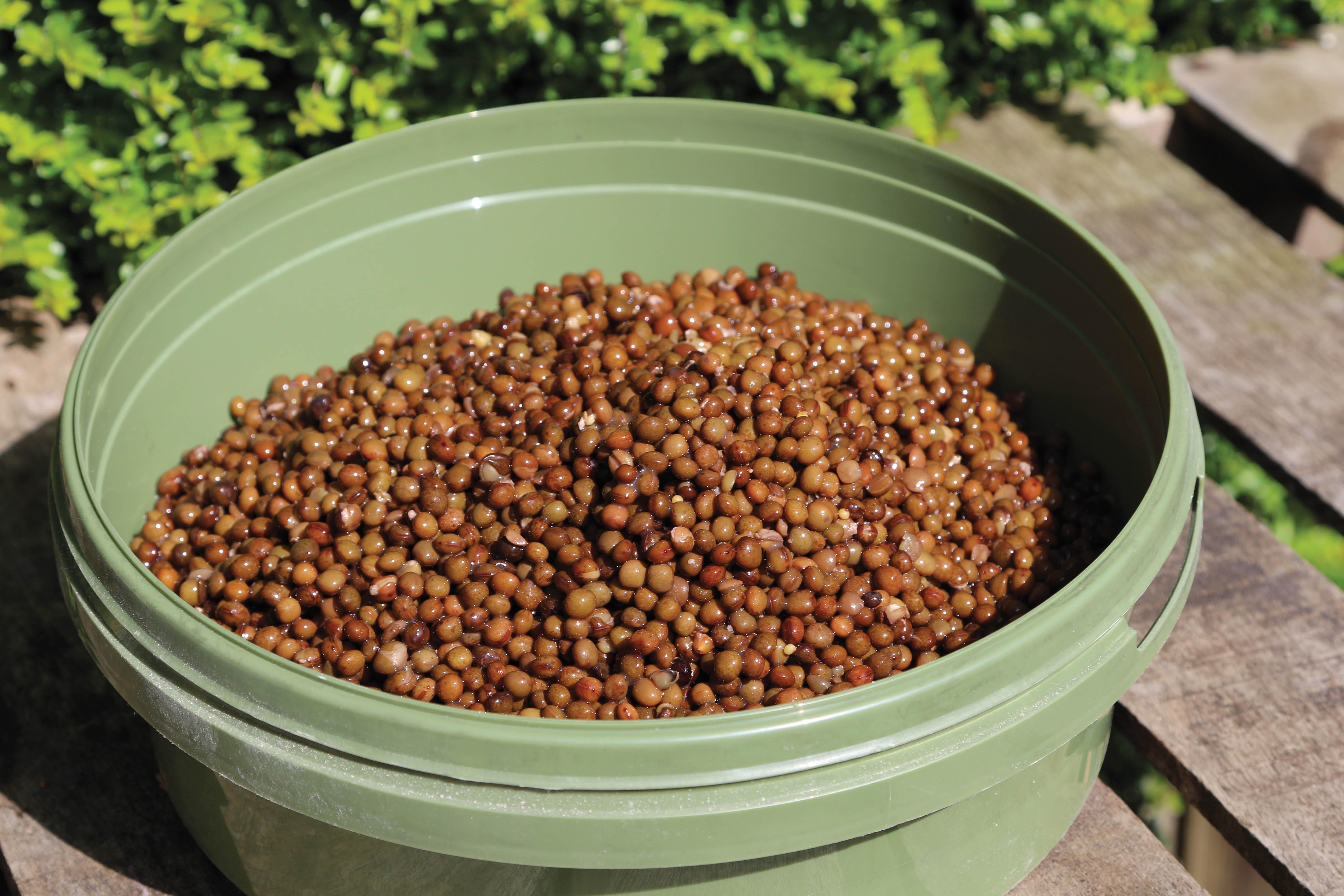
Hemp and tares are easy to prepare. I just soak the seeds in filtered tap water, and then boil them for 10 to 15minutes before allowing the whole cooking pot to cool naturally. Good quality hemp will out-perform inferior grades; it will sprout easily and taste fresh. It pays to take a bit of time to find a reliable supplier, and I would personally like to thank Hinders of Swindon, and Haith’s, for their excellent seeds and particles.
TIGER NUTS
The interesting thing about tiger nuts is that they are often effective when other baits completely fail. This is especially the case on venues that see little or no angling pressure. Where their use is permitted, tiger nuts have the ability to pull fish into various areas of water and keep them searching the bottom for that crunchy snack. Tigers also last several days in the water without going off, which is a great benefit on tougher venues and where nuisance fish are a problem.
I have never really found the need to flavour tiger nuts. They are naturally sweet due to their inherent high sugar content, and I feel that this makes them perfectly palatable and attractive, without the need for extra additives. After 18hrs of soaking in plain water, and 30 to 40 minutes of steady cooking, they will last up to a week before they go off.
I can hear the spod pundits screaming now, claiming that they use all sorts of flavours and additives to pep up their tiger nuts. That is fine, but I personally think they work perfectly well just as they are—au naturel! When it comes to free offerings, it’s a case of ‘less is more’ with tigers, and just a couple of handfuls around each hookbait would be my recommended tactical approach.
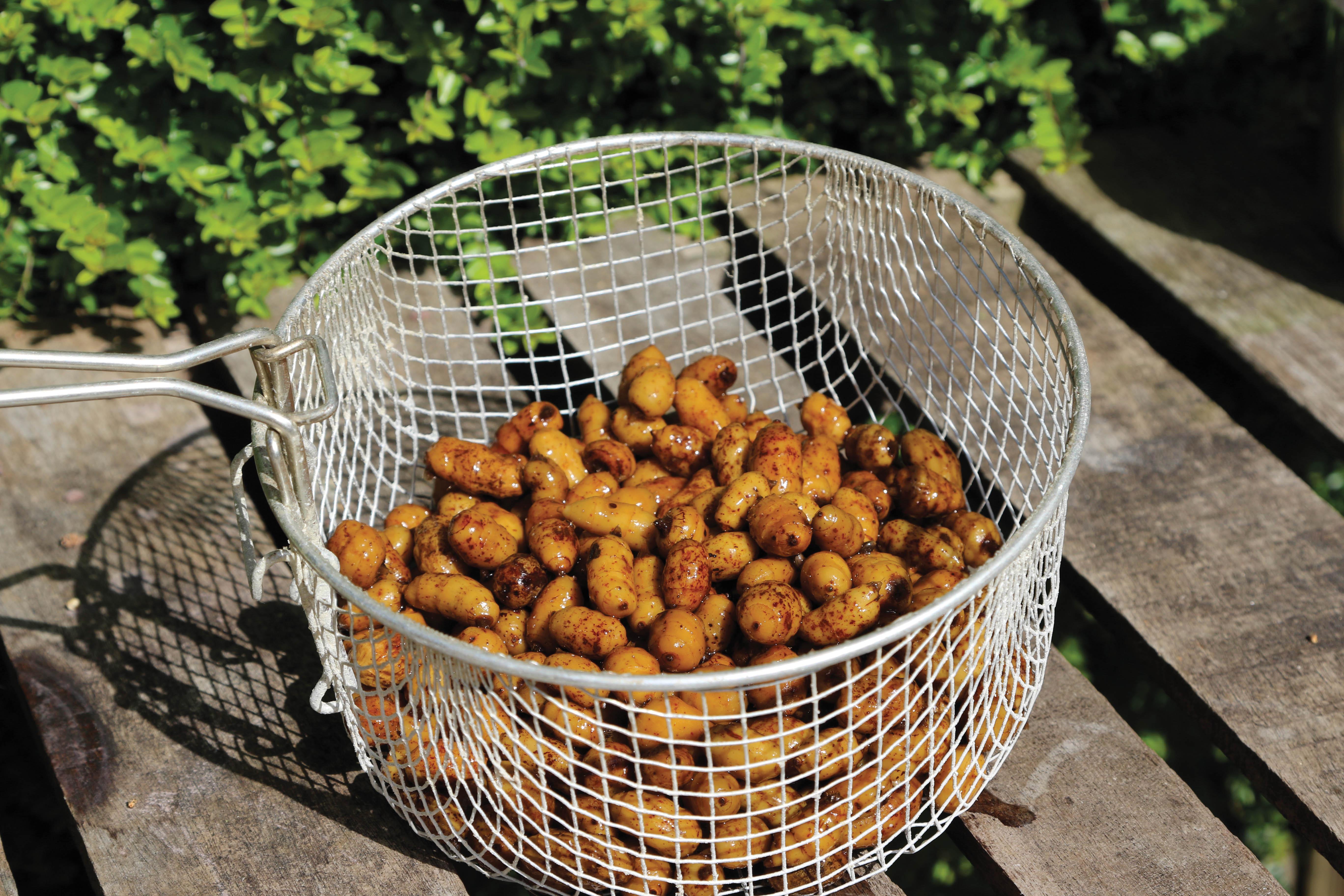
MAPLE PEAS
By far, maple peas are my all-time favourite particle seed bait, and they are much-loved by carp. When properly prepared, they provide fish with essential nutrients and complex carbohydrates. A friend of mine occasionally feeds cooked maples to his prize koi, but only as an alternative feed supplement to complement their usual diet. Soaked and cooked maple peas will, if required, carry a flavour very well. Good quality ones are quite a large bait, at around 6 to 8mm in size, and they can be fired out in a catapult quite a long way. This is ideal when a stealthier mode of bait delivery is needed. They are also a dull, mottled brown colour and blend in over gravelly areas and the dark substrates of the bed of a lake or river.
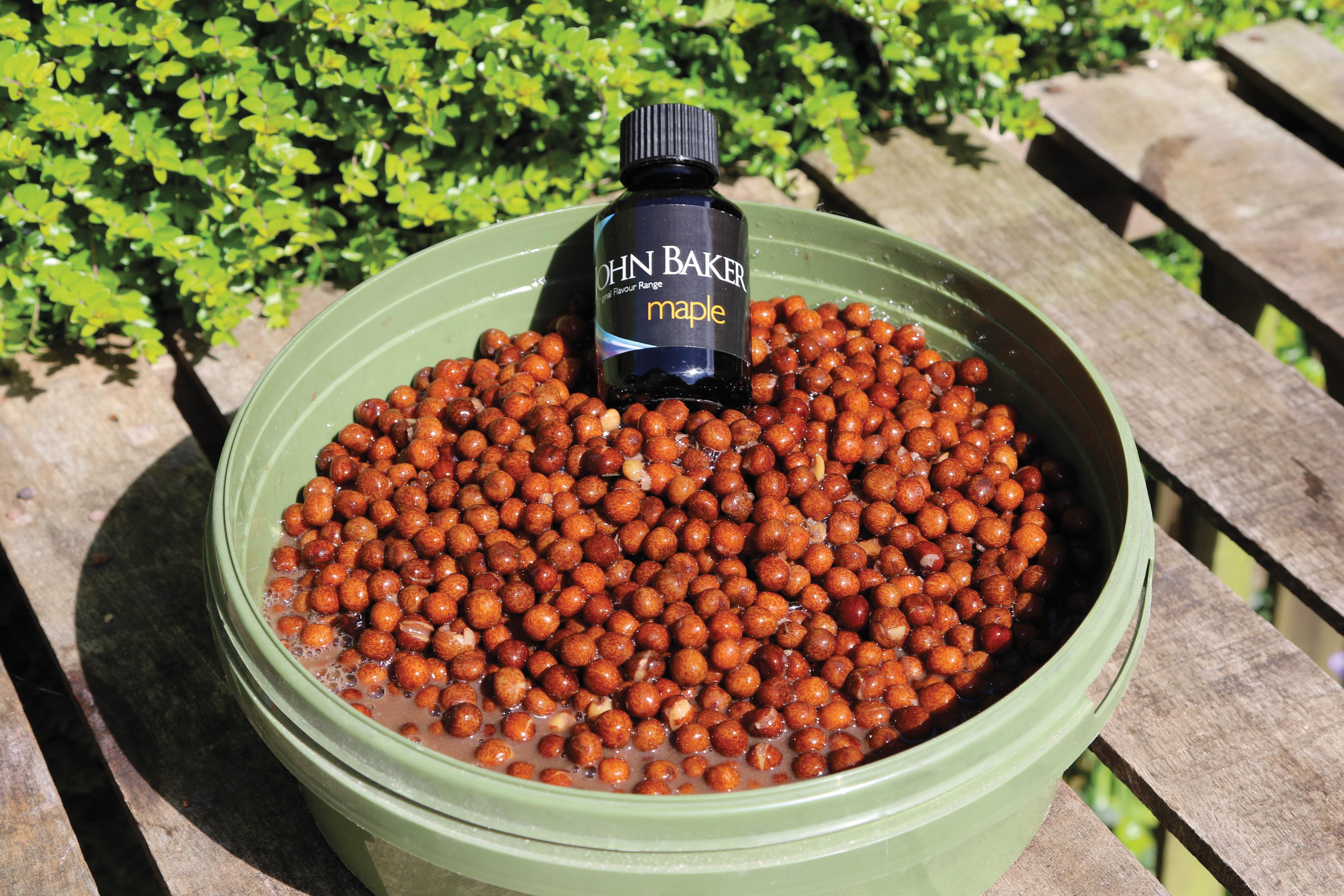
I soak maples for up to 18hrs, remembering to keep them well covered, and topped up with water. I bring them to the boil, and simmer them carefully for 35 to 45 minutes, skimming off any scum and foamy residue. The result, when the saucepan has cooled down, is a wonderful jelly-like mixture of starchy seeds in a rich, brownish milky fluid. Correctly prepared maples should hold their shape and squash easily when squeezed between thumb and forefinger.
BLACK-EYE BEANS
Good old black-eye beans are not always on the regular lists of particles, but that does not detract from their effectiveness as bait. These quite large, white-coloured beans are very popular in Eastern cooking, and much favoured by vegetarians and even vegans, given their nutritional content. I like these seeds because they are highly visual, instant, and will easily absorb a wide range of flavours, spices and other pungent additives. The preparation process for black eyes is the same as for maples. Liquid additives should first be dissolved in the water in which the beans are to be soaked, prior to boiling. I have used many different additives to flavour beans, from tins of oxtail soup, Bovril or Marmite, to all sorts of spicy cook-in sauces such as those sold in Asian grocery stores. The options are truly endless.
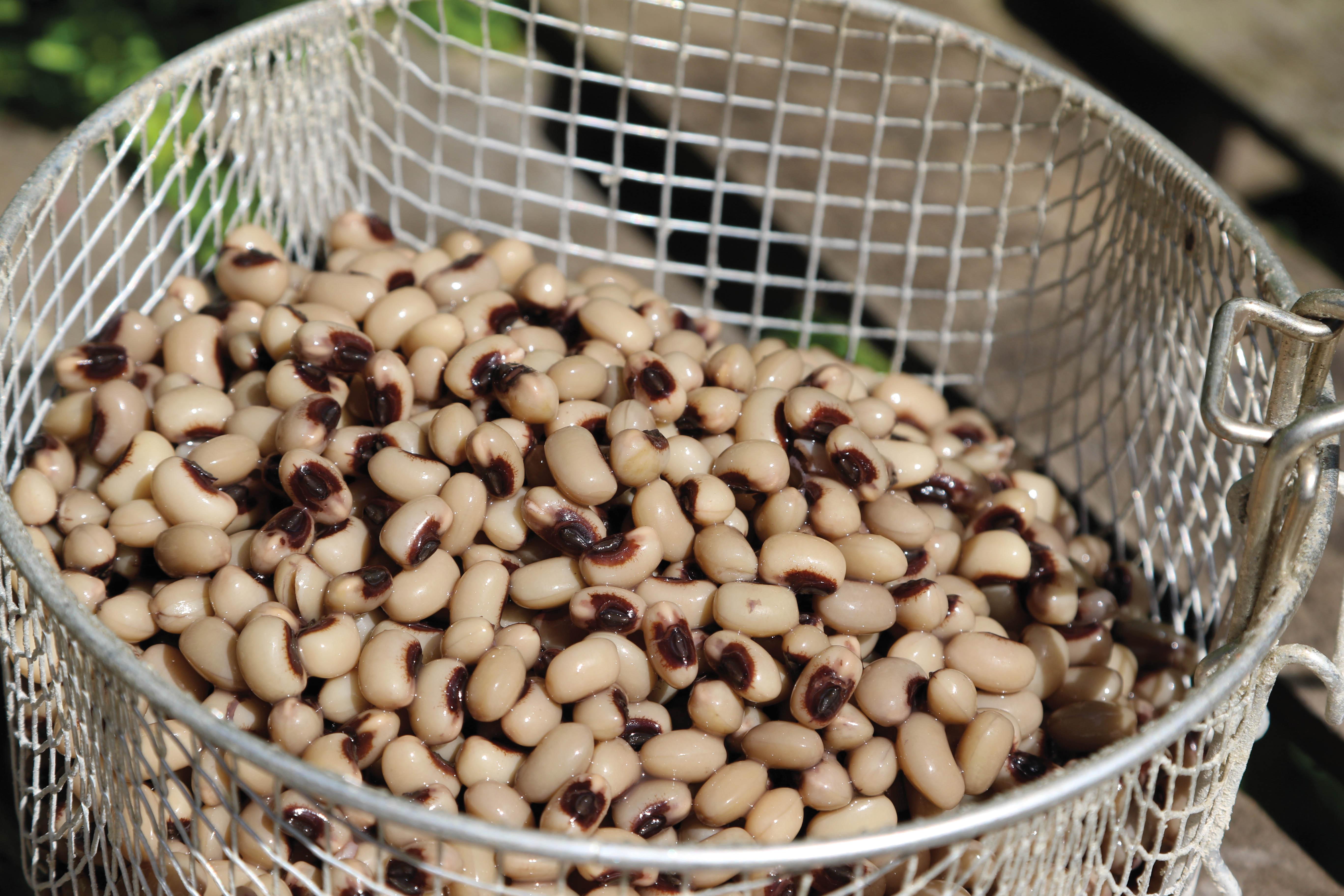
MICRO SEEDS AND SPOD MIX
The world is your oyster when it comes to the various smaller-sized particles and all the various seed mixtures that can be used as mass-attractor baits. I would simply recommend that the freshest and most readily available seeds will all be effective for this purpose, and it is certainly not always necessary to rely on the readymade spod mixes, especially if you want to be different and innovative. First on the list will be the aforementioned hemp and tares, tinned sweetcorn, mini tiger nuts (when permitted), sunflower seeds, millets, groats, wheat, and mini-sized chickpeas. Quite a few seed merchants sell a prepared pigeon conditioning food called Racing Blend, which is occasionally laced with aniseed, and the mix invariably includes many of the seeds I have already mentioned. Red Band is a specially prepared pigeon mix by Haith’s, and although I rate it highly, I prefer to reduce the concentration of aniseed by adding extra particles—too much aniseed in a bait can prove overpowering in my view.
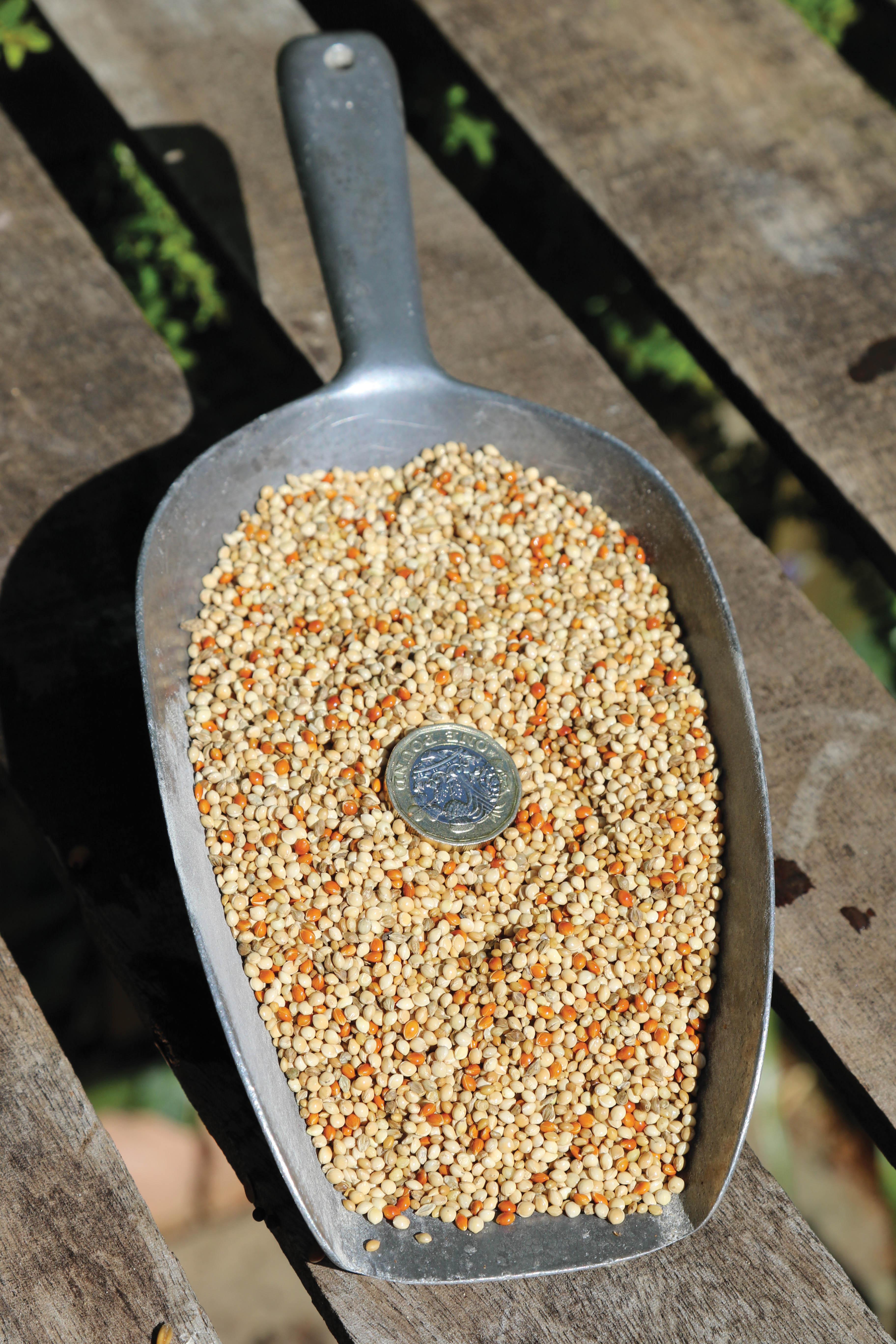
Groats, maize, sunflower seeds and wheat, all lend themselves to being enhanced with sweet additives such as condensed milk, molasses, honey, and Agave Nectar, and various other natural sugars are also worth using. As mentioned in previous articles and when discussing sweeteners in general, I must state again, that I am not a fan of Thaumatin blends or any other branded bait-sweetening agents. I prefer to use wholly natural products that also taste natural, and are inexpensive and easily obtainable. When in doubt, and for ease of use, I’d suggest using dark Demerara sugar. This is a great particle sweetener and should be dissolved in warm water before it’s added to the seed mixture prior to boiling.
FLAVOURING PARTICLES
As there are so many options and methods of flavouring particles and seeds, the subject really warrants a separate article. Most readers will know of my passion for using all sorts of different flavours, and also blends of flavours in boilie recipes. There may be a few, though, who will be surprised to learn that I am not a great advocate of flavouring particle baits without good reason. Perhaps, if I was fishing a match or had very limited time, then I might do so, but generally, with single-use particle bait on pressured venues, I see no real benefit in masking the natural aromas and food signals they give off.
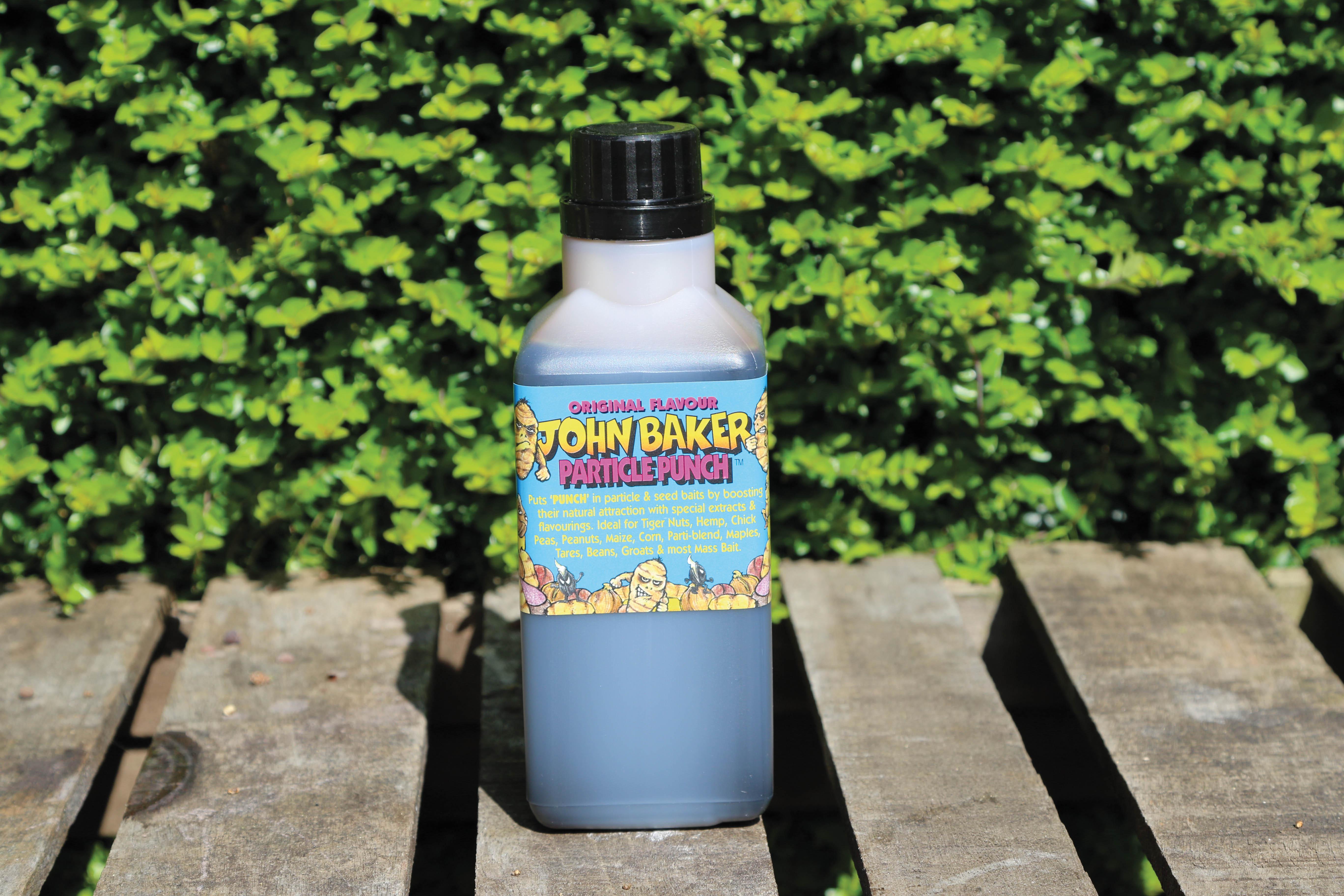
Adding flavours and liquid foods to spod mixes is a definite winner, and this is really another type of match fishing tactic adopted by carp anglers. Following some great success in the 1970s and ’80s with maple peas, peanuts, tigers and chickpeas, it quickly became apparent that the best flavour for particles is maple. Much has been written and discussed about this flavour, which will, of course, vary in its make up depending on the supplier. I still use the same original version of maple, which includes two key aroma compounds, namely fenugreek and vanillin, and this is an altogether deadly combination! I also make up a blended additive called Particle Punch, which includes three natural sugars and amino compounds, as well as a special blend of Maple Cream and TM1. I have been making this blend for over 25 years… it works!
Water soluble, solvent-based flavours seem to work best in particles, and my favourites are Maple, Maple Cream, Caramel Banana, Dairy Cream, Milky1, and TM1. All these dissolve best in water and add an attractive profile to most seeds and pulses. Typical dose rates for flavours will vary according to their strength and concentration, and 2 to 4ml of flavour dissolved to 1ltr of water should do the trick. Honey, and the various previously mentioned natural sweeteners, need also be used only at low doses too, and 10gm per kilo would be about right. Savoury and fishy additives are effective too, and these would include liquid fish hydrolysates, shrimp extracts, belachan, spice extracts, oyster sauce and liquid yeast extracts (including Marmite). All these products are, in my opinion, far more effective than salt.
It would not be right or proper if I did not end this piece with my views on the use of pure salt as an additive in particles. I will briefly cover this subject from the perspective of a fishery owner and keen environmentalist. We know carp are attracted to various salts, and the mineral-enriched varieties such as Himalayan rock salt are now widely used, if not overused. I guess in time, we will no doubt be seeking out even more diverse salt varieties, and one fine day, I fully expect to receive an email from someone asking about the benefits of using salt chipped from the walls of a prehistoric cave in Outer Mongolia by Shaolin monks! Joking apart, I am sure readers will get my drift.
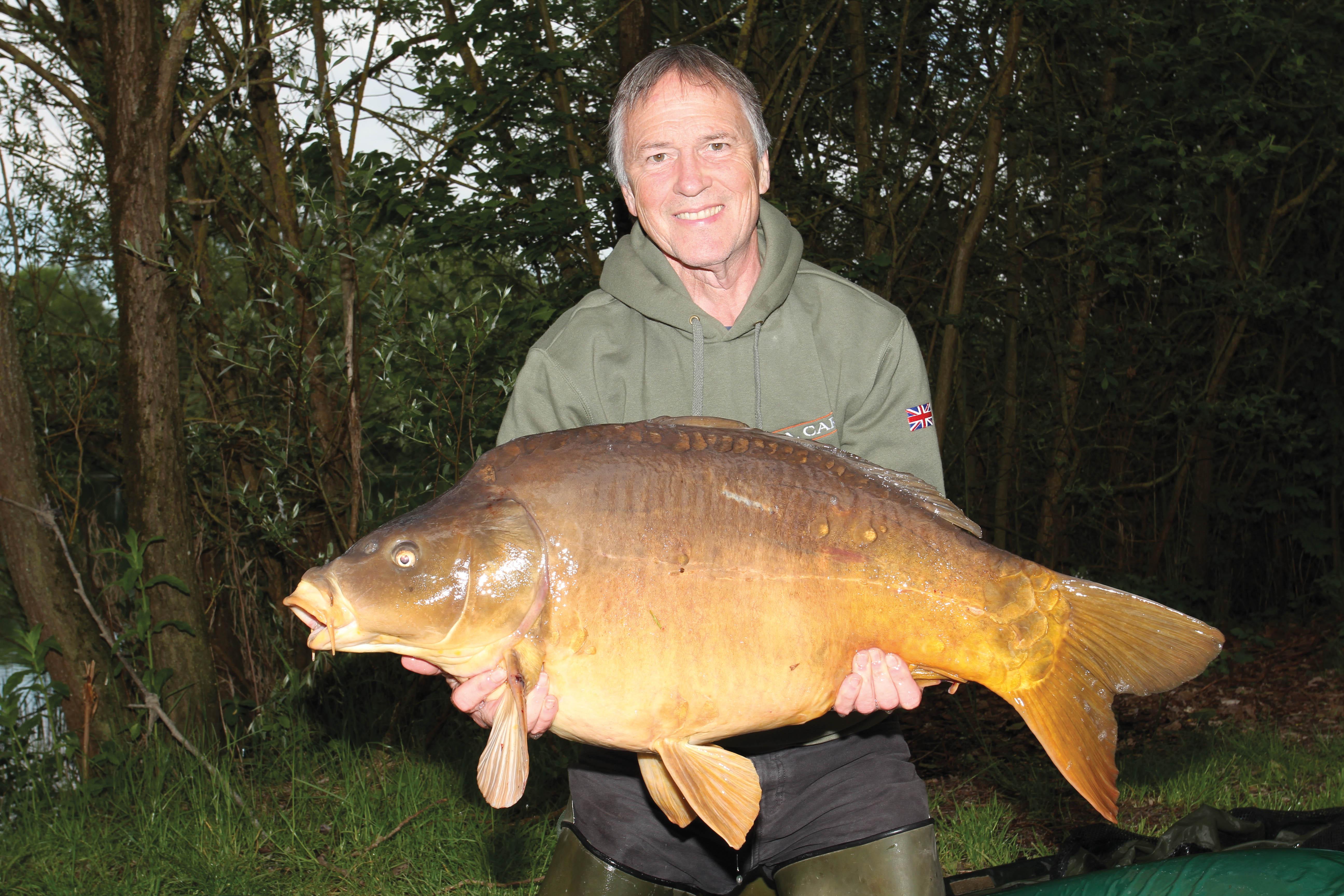
On a more serious note, it is not the use of salt that is an issue here, but the quantity of it that is being thrown into our lakes and rivers, and this is a real worry. The overuse of salt is possibly just as damaging to cyprinoids as the overuse of halibut pellets (45 per cent oil content), but perhaps that is an argument for another day… when I have my metaphorical boxing gloves on! When it comes to the use of salt as an additive in bait, it is arguable that the use of rock salt and weird salt-rich mineral blocks has now become so widespread that it is possibly not quite as effective as many anglers might believe. Having said that, adding a small amount to your particles will certainly do no harm, but as someone once said, perhaps, a little of what you fancy does you good. Oh, and I almost forgot… there is one last observation: perhaps the fish may benefit in the long run too!



